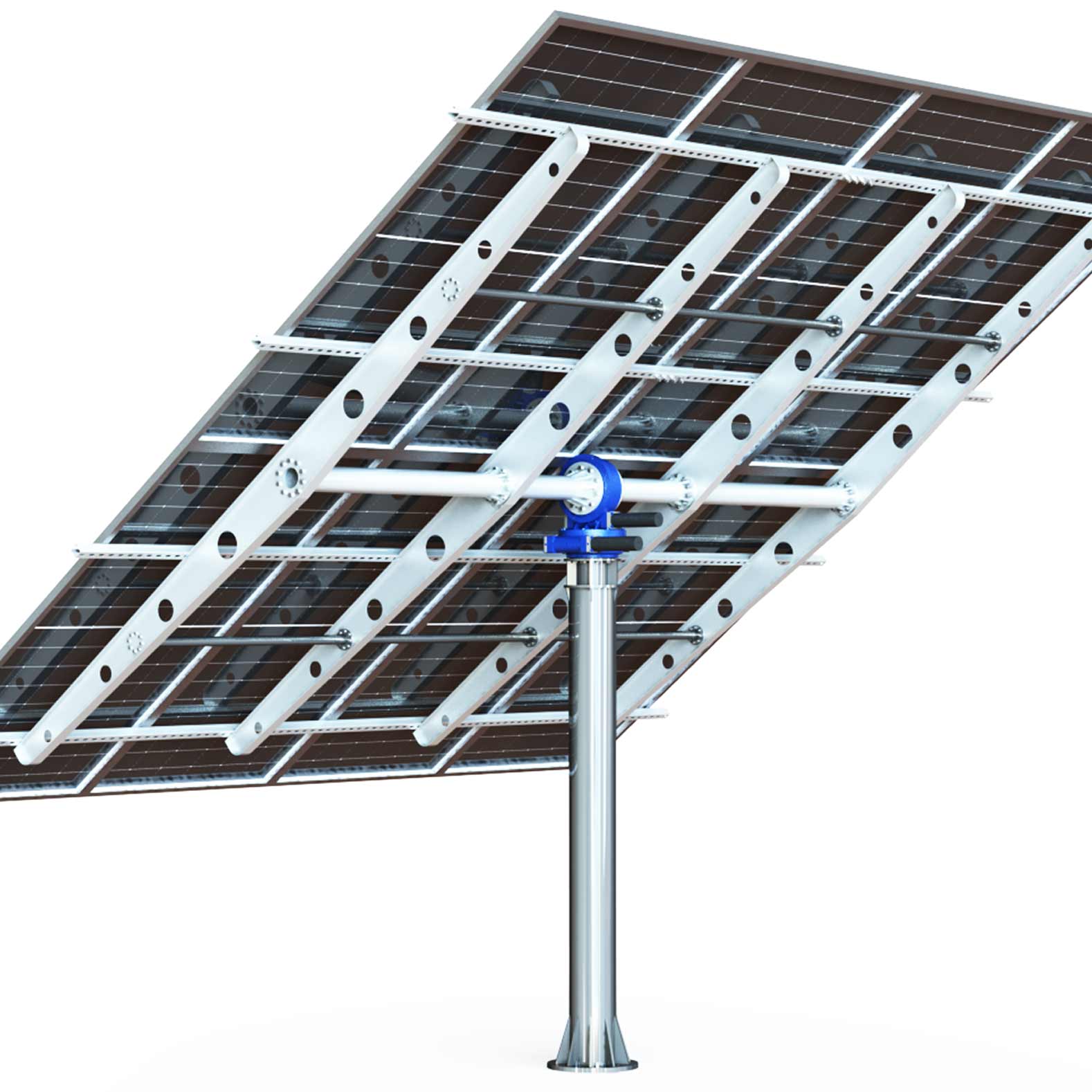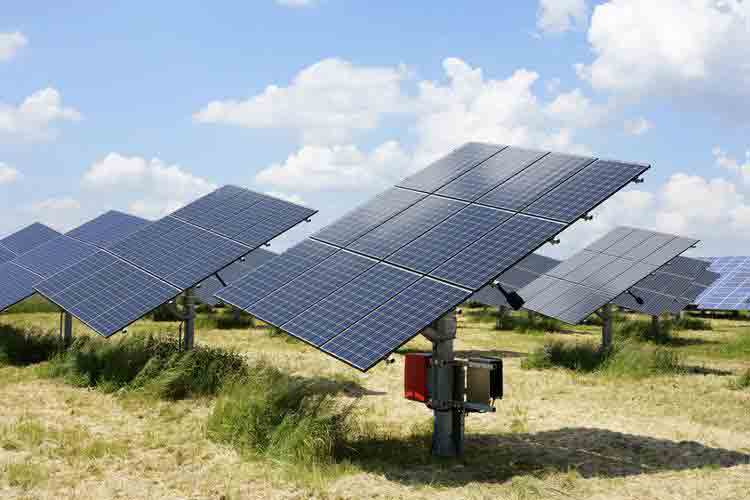Selecting a solar tracking system involves balancing efficiency, budget, and environmental factors. Here’s how to make an informed decision:
- Geographic Considerations
- High-Latitude Areas: Dual-axis trackers perform best in regions with significant seasonal sun-angle variations (e.g., Northern Europe).
- Sunbelt Regions: Single-axis systems suffice in areas with consistent sunlight, such as the southwestern U.S.
- Cost Analysis
- Single-Axis: Costs range from 0.15–0.25 per watt, ideal for utility-scale projects.
- Dual-Axis: Priced at 0.25–0.40 per watt, these suit high-efficiency commercial installations.
Pro Tip: Pair trackers with energy storage to capitalize on time-of-use rates and offset tariffs on imported panels.
- Reliability and Maintenance
- Wind Resistance: The manufacture must note reinforcing tracker stability in storm-prone areas.
- Supplier Reputation: The user would better choose good supplier with excellent reuptation.
- Emerging Trends
- Strong Structure: Some companies provide new modern design with stronger structures.
- Policy Impacts: The users must note the policy of the government for new energy.
Target Keywords: solar tracking system, solar tracker cost, solar tracker suppliers, dual-axis solar tracker




